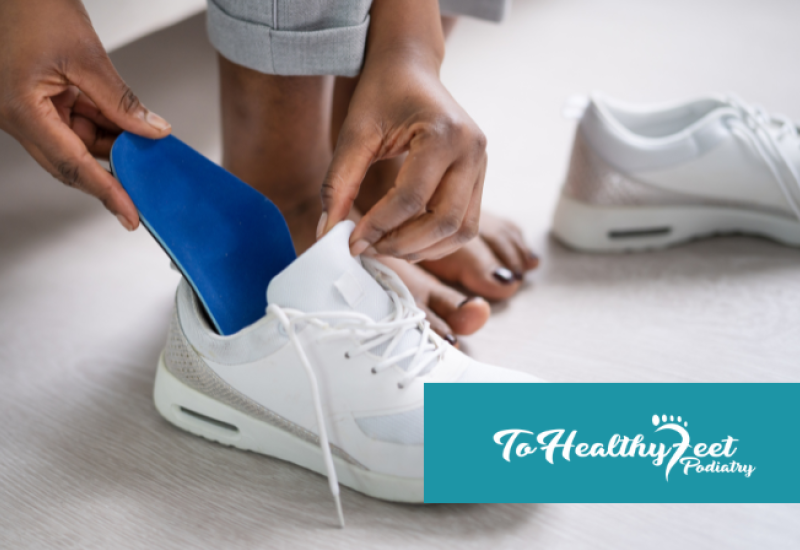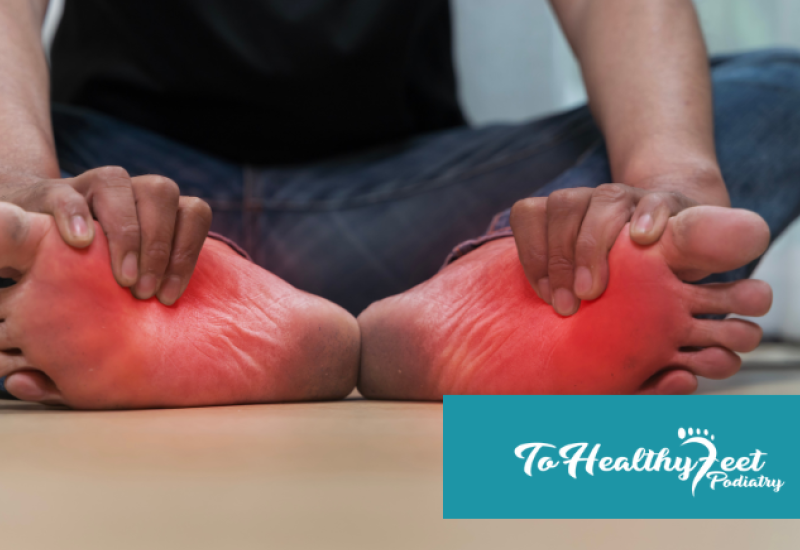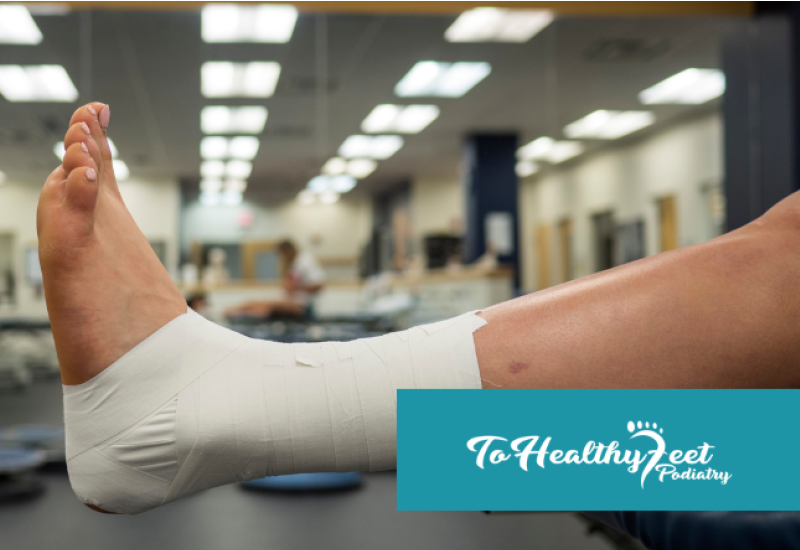Are bunions causing you to miss out on some of the favourite things in your life? Have you been dealing with a bunion at home and are starting to look at more substantial treatment options? Here is everything you need to know about bunions, therapy methods, and surgery.
If you have a foot deformity protruding from the side of your big toe, you are likely dealing with a bunion. This may be causing you pain, discomfort, and the inability to fit into shoes that used to fit you perfectly. If you are at the point where you are starting to look for ways to relieve your pain, you’ve come to the right place. Here are some of the most common methods we use at our NYC foot clinic to help our patients with their bunions.
- Custom orthotics
- NSAID’s
- Splints
- Physical Therapy
- Surgery
If you still have questions about bunions and the types of treatments out there, keep reading!
Need Assistance with your Foot Condition? Our NYC Podiatrists Are Here For You!
At our two foot clinics located in Midtown and Downtown NYC, we have a team of foot specialists that can accurately diagnose and treat a variety of foot and ankle conditions, including bunions, diabetic foot, plantar warts, plantar fasciitis, and much more!
Contact our clinic today to schedule your appointment!
All You Need To Know About Bunions
While you may think that the most substantial issue caused by bunions is that they look funny, this is not the case. Bunions can be painful deformities that limit your ability to live your life to the fullest. Keep reading to find out everything you need to know about bunions and why you should not take them lightly.
What Is a Bunion?
Bunions are one of the most common foot conditions that people deal with. A bunion is a painful deformity that forms at the joint where the big toe meets the rest of the foot. What develops is a protrusion that sticks out from the foot, caused by the big toe bone pushing outwards.
Typically, bunions develop slowly and can worsen over time if not adequately treated or if you continue wearing ill-fitting shoes. You will know that you have a bunion if the inside of your big toe starts to grow and become inflamed and swollen. This growth will also likely be quite painful.
How Do People Get Rid of Bunions?
When people think about treatment options for bunions, many first thoughts go to invasive bunion surgery to correct the deformity. However, there are several non-invasive, more conservative therapy methods that may be right for you! Here are some steps that you can take on your own, without the need to see your NYC Podiatrist
- Wear proper fitting and sized footwear
- Ice your bunion
- Use anti-inflammatory pain medications to ease the pain
- Pad your bunion in your shoes using gel pads from the pharmacy
If none of these conservative treatment options work, it may be time to visit your Manhattan foot doctor. During a one on one consultation with one of our skilled podiatrists, you may be recommended one of a variety of other conservative methods of relief, such as:
- Custom Orthotics designed to encourage proper bone orientation
- Use of a splint
- Physical therapy
- Athletic taping of your foot to pressure the bunion into position
Through these techniques, it is most likely that you will see an improvement in the size and pain level of your bunion. However, if these do not relieve your discomfort, there is one last option to consider: bunion surgery.
6 SIMPLE TIPS TO EASE BUNION PAIN BY AVOIDING SURGERY
What is Bunion Surgery?
If you have attempted all of the options above to no avail, your Midtown podiatrist may recommend bunion surgery. At To Healthy Feet, we offer three different foot surgery types, all of which can be completed in our clinic and do not require a general anesthetic. Depending on your specific bunion, you may be recommended one of the following:
- An Osteotomy where an incision is made at your big toe’s join to realign the bone into proper position
- An Exostectomy where the bunion itself is removed, but the alignment of the toe and foot is left to realign on its own
- An Arthrodesis where metal screws and plates are implanted in the injured joint to align and strengthen the deformity
While surgery is a serious matter, these three surgical options are all relatively minor and will likely be completed within an hour. Upon completion, your foot will be bandaged, you will be monitored for a brief period to ensure you are well, and then be allowed to return home.
Although quite successful, with an approximate success rate of 85-90%, there are some cases where the surgery is not successful. In these cases, the procedure may be repeated, or an alternative surgery may be attempted to fix the bunion.
HOW TO DECIDE IF YOU NEED BUNION SURGERY
How Long Does it Take to Recover?
Each individual’s recovery process will differ, but most tend to last between 6-8 weeks. You can expect that your foot will be swollen for several weeks and that you may be told to wear a protective boot, cast, and/or bandages.
As you heal, it is essential that you rest, stay off your feet as much as possible, and listen to your body and doctor's instructions. Your NYC foot doctor will provide you with a set of detailed instructions that may include icing, NSAIDs, steps to clean the wound, and at-home physical therapy. If you have any questions or concerns following your operation, please contact your podiatrist for accurate advice.
Our Team Is Here To Support You and Your Feet With Any Bunion Issues You Have
If you are dealing with a painful bunion, our team at To Healthy Feet can help you move comfortably again. Our resident podiatrists have decades of education and experience developing various, tailored treatment plans for our patients with bunion disorders. Book your initial consultation by giving us a call at 917-398-3668 or by booking an appointment online!
FAQ’s
Q: How Painful is Bunion Surgery?
Bunion surgery is known as a very painless surgery. For the first few days post-operation, you may experience some minor, localized pain. However, after those first few days, your pain will be minimal if you take proper care of your wounds.
Q: Will My Bunion Grow Back After Surgery?
Bunion surgery in itself is not a sure-fire way to prevent the recurrence of bunions. While it will reduce the impact of your current bunion and will increase the likelihood that you will never experience another bunion (85 - 90%), it is not a perfect solution. To prevent bunions after your surgery, you should ensure that you are wearing proper fitting shoes and not putting too much pressure on your feet.
Q: What Happens if I Leave my Bunion Untreated?
If left untreated, your bunion may continue to cause pain, leading to irreversible damage. Additionally, bunions can lead to arthritis, which can spread to other joints in the feet.



